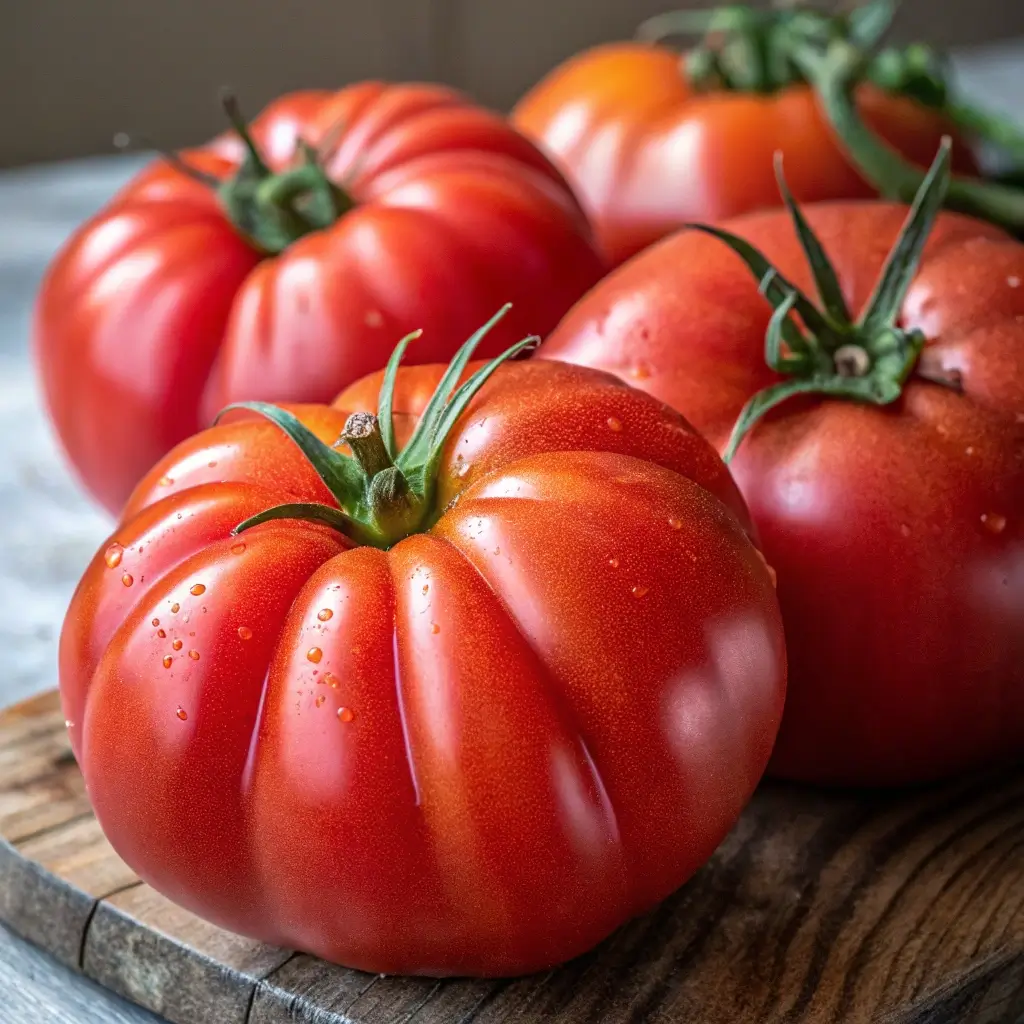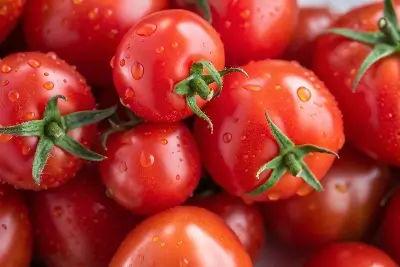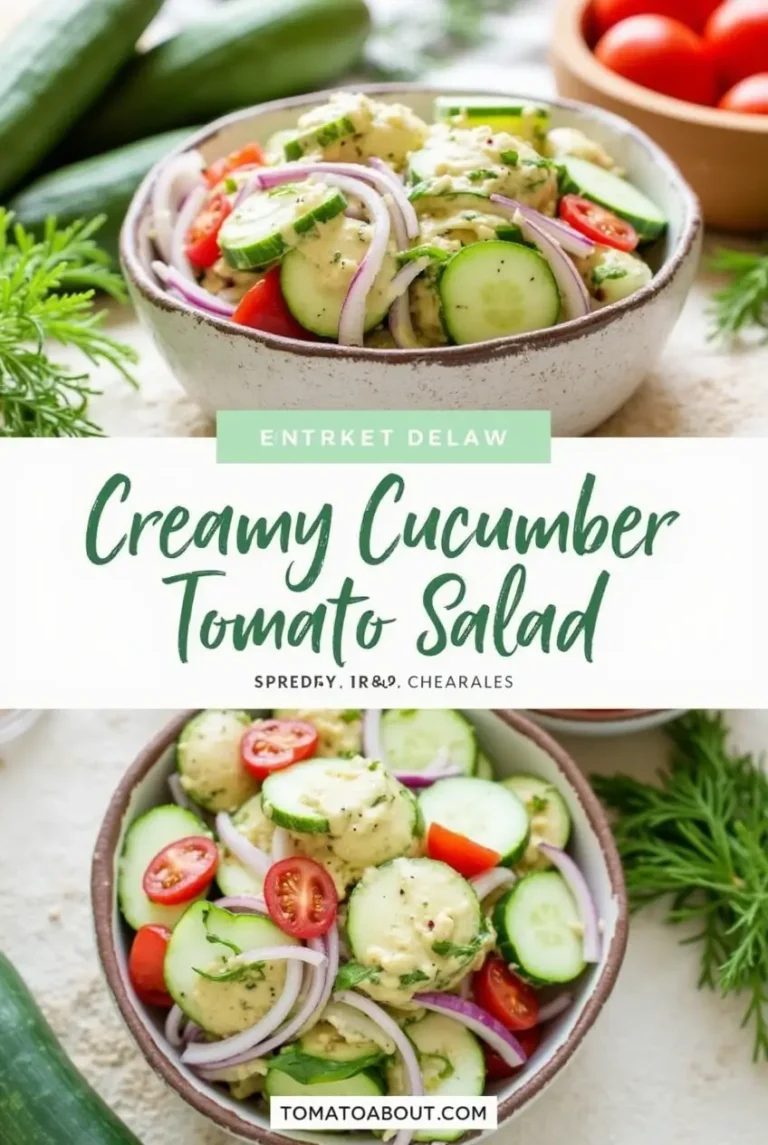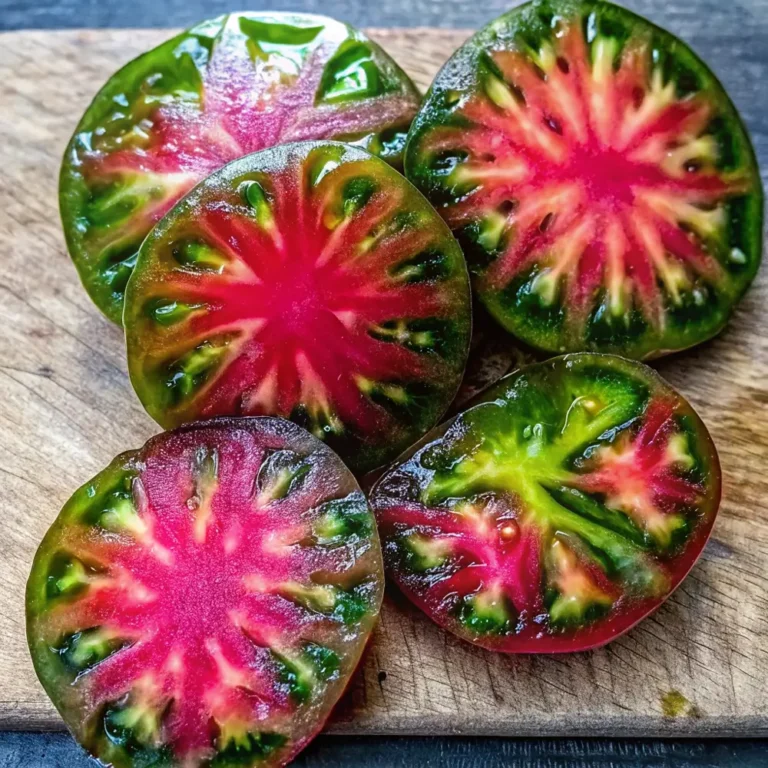Why Do My Tomatoes Have Tough, Thick Skins? 7 Causes Fixed!
Table of Contents
Introduction
Ever bitten into a homegrown tomato only to find yourself struggling with a tough, leathery skin that ruins the entire experience? You’re not alone. According to a recent gardening survey, nearly 68% of home gardeners report issues with thick-skinned tomatoes at some point in their growing journey. Why do my tomatoes have tough, thick skins despite your best gardening efforts? This frustrating problem stems from specific environmental and cultivation factors that, fortunately, can be addressed with the right approach. Whether you’re growing heirlooms or hybrids, understanding the science behind tomato skin development will help you harvest juicier, more tender-skinned fruits that deliver that perfect garden-to-table experience you’re craving.
7 Common Causes of Tough Tomato Skins
1. Inconsistent Watering Patterns
Irregular watering creates stress on tomato plants, triggering them to develop thicker skins as a protective mechanism. Research shows that tomatoes experiencing drought conditions followed by heavy watering develop skins up to 25% thicker than consistently watered plants. Establish a regular watering schedule, delivering 1-2 inches of water weekly, preferably through drip irrigation to maintain consistent soil moisture.
2. Excessive Heat Exposure
Temperatures consistently above 90°F (32°C) force tomatoes to develop thicker skins to prevent moisture loss. Data from agricultural studies indicates that tomatoes grown in high-heat conditions show a 30% increase in skin thickness. Create shade using row covers during the hottest part of the day, especially when temperatures exceed 95°F. Consider planting heat-tolerant varieties like ‘Solar Fire’ or ‘Florida 91’ in hot climates.
3. Genetic Predisposition
Some tomato varieties naturally produce thicker skins regardless of growing conditions. Roma, plum, and many paste tomatoes have genetically thicker skins to withstand mechanical harvesting and processing. For tender-skinned tomatoes, choose varieties specifically bred for thin skins, such as ‘Brandywine’, ‘Cherokee Purple’, or ‘Black Krim’.
4. Nutrient Imbalances
Excessive potassium can contribute to thicker skins, while calcium deficiency affects cell wall structure. A soil test revealing these imbalances provides the key to correction. Balance your fertilization program based on soil test results, typically aiming for an N-P-K ratio of 5-10-10 for established plants, and supplement with calcium if needed.
5. Overexposure to UV Radiation
Direct, intense sunlight increases the production of phenolic compounds in tomato skins, making them tougher and thicker. In studies comparing shaded versus full-sun tomatoes, the full-sun fruits developed approximately 15-20% thicker skins. Consider partial shade during peak summer months, especially in southern regions, using shade cloth that blocks 30-40% of sunlight.
6. Delayed Harvesting
Leaving tomatoes on the vine too long after ripening increases skin thickness as the fruit begins the overripening process. Pick tomatoes when they’ve reached full color but still have slight firmness—usually 5-8 days after they begin showing color changes. For maximum flavor and texture, harvest in the morning when temperatures are cooler.
7. Pest and Disease Pressure
Tomato plants under attack from pests or diseases produce thicker skins as a defensive response. Implement integrated pest management practices, including regular inspection, companion planting with pest-repellent herbs like basil and marigolds, and using organic deterrents before resorting to chemical solutions.
Effective Solutions for Tender-Skinned Tomatoes
Optimize Watering Practices
Implement a consistent watering schedule with moisture monitoring to prevent the stress response that triggers thick skin development. Install a drip irrigation system with a timer to deliver approximately 1-2 inches of water weekly, adjusting for rainfall. Apply a 2-3 inch layer of organic mulch to maintain soil moisture levels and reduce evaporation by up to 70%.
Temperature Management
Create microclimate modifications to protect plants during extreme heat events. During heatwaves, use 30% shade cloth suspended above plants and avoid overhead watering during hot afternoons, which can cause leaf scorch and further stress. Consider planting near taller crops or structures that provide afternoon shade in hot climates.
Strategic Variety Selection
Choose tomato varieties known for tender skins that match your climate conditions. For cooler regions, try ‘Early Girl’ or ‘Oregon Spring’; for hot climates, ‘Solar Fire’ or ‘Arkansas Traveler’ offer good heat tolerance while maintaining relatively thin skins. Heirloom varieties generally produce more tender-skinned fruits than modern hybrids bred for shipping.
Nutritional Balance
Implement a balanced fertilization program based on soil test results. Apply calcium supplements like gypsum or crushed eggshells at planting time, and use a balanced organic fertilizer with a moderate potassium level. Foliar applications of calcium nitrate (1 tablespoon per gallon) can help strengthen cell walls without toughening skins.
Harvesting and Processing Tips
Perfect Timing
Harvest tomatoes at their peak ripeness to enjoy the ideal balance of flavor and texture. Pick fruits when they’ve developed 90-95% of their final color but still have slight give when gently squeezed. For most varieties, this occurs approximately 20-30 days after the fruit first sets, depending on temperatures and growing conditions.
Skin Removal Techniques
For recipes requiring skinless tomatoes, use the quick blanching method: cut a small “X” in the bottom of each tomato, immerse in boiling water for 30-45 seconds, then transfer immediately to ice water. The skins will slip off easily, allowing you to enjoy your harvest regardless of skin thickness.
Conclusion
Understanding why your tomatoes have tough, thick skins empowers you to make targeted adjustments to your gardening practices. By implementing consistent watering, selecting appropriate varieties, managing temperature extremes, and harvesting at the optimal time, you can significantly improve the quality and eating experience of your homegrown tomatoes. Remember that gardening is a continuous learning process, and each growing season provides new opportunities to perfect your approach. Your next harvest could deliver those perfectly tender-skinned tomatoes you’ve been dreaming of!
FAQs
Can I still use tomatoes with thick skins in cooking?
Absolutely! Thick-skinned tomatoes are excellent for sauces, salsas, and soups where you’ll either remove the skins during preparation or process them thoroughly. Their robust structure often indicates higher levels of beneficial compounds like lycopene.
Do all heirloom tomatoes have thin skins?
Not necessarily. While many heirloom varieties are prized for tender skins, others like certain paste tomatoes were specifically selected for thicker skins. Research variety characteristics before planting to match your preferences.
Will picking tomatoes slightly underripe help with the skin texture?
Yes, harvesting tomatoes when they’re 75-90% ripe and allowing them to finish ripening indoors can result in slightly thinner skins than vine-ripened fruits, though flavor may be slightly affected.
Is there a quick way to test if my watering schedule is appropriate?
Insert your finger 2 inches into the soil near your tomato plants. If it feels dry at that depth, it’s time to water. Consistency is more important than frequency—aim for even moisture rather than alternating between drought and flooding.
Should I avoid growing tomatoes altogether in very hot climates?
No—select heat-tolerant varieties, provide afternoon shade, maintain consistent moisture, and harvest promptly. With these adaptations, you can successfully grow delicious tomatoes even in challenging climates.







